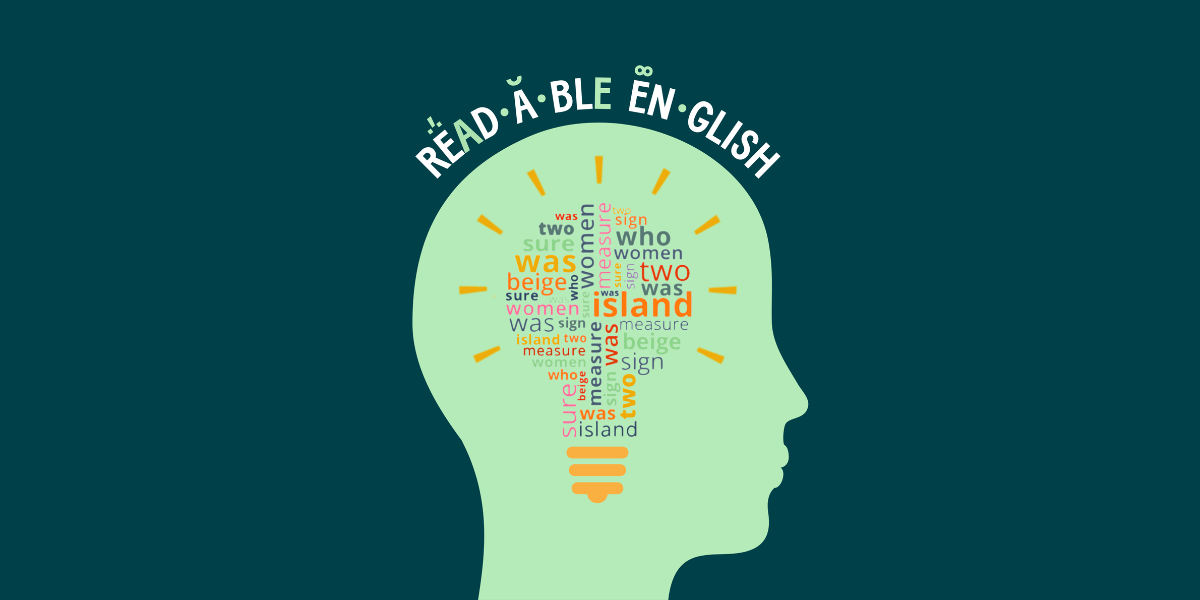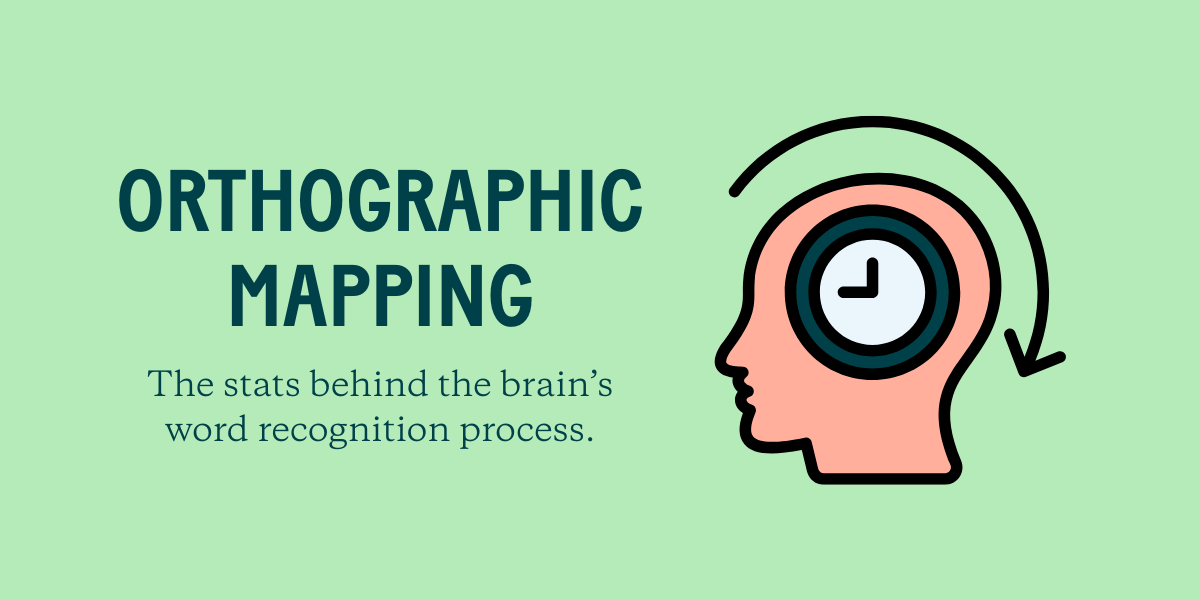How Readable English Aligns with the Science of Reading
The Science of Reading has reshaped how we approach literacy instruction, providing evidence-based guidelines for effective reading programs....
K-12Discover how Readable English is transforming reading instruction |
PROGRESS MONITORINGEasily assess and monitor growth with data-driven insights and reporting tools |
PROFESSIONAL SERVICESDiscover the services that support your success, from virtual training to expert coaching |
INDIVIDUALSStrengthen your reading skills with an interactive app tailored to your learning needs |
PARENTSEmpower your child's reading journey with an interactive app and expert strategies for home support |
|

|
Rethinking Reading: How One District Transformed Instruction (SmartBrief)Discover how a bold shift in reading instruction helped struggling learners thrive - and the critical role Readable English played in their success.
|
RESEARCH & RESULTSExplore peer-reviewed studies and real-world case studies on Readable English in action |
BLOGExplore articles on feature highlights, research deep-dives, and the latest literacy insights |
EBOOKDownload the ebook Why Learning to Read English is So Hard and how to Make it Easier |
CUSTOMER STORIESDiscover how educators and administrators are transforming literacy with Readable English |
RESOURCE AND PRODUCT ENABLEMENT LIBRARYFind essential educational references and instructional materials to enhance teaching |
FAQSFind essential educational references and instructional materials to enhance teaching |
NEWS & EVENTSStay up to date with media coverage, webinars, and upcoming events featuring Readable English |
|
|
Rethinking Reading: How One District Transformed Instruction (SmartBrief)Discover how a bold shift in reading instruction helped struggling learners thrive - and the critical role Readable English played in their success. |
Effective reading instruction is built on five essential pillars. These key reading skills are supported by decades of research and are the foundation of programs like Readable English. When taught explicitly and systematically, they transform how students learn to read and comprehend text.
Download the 5 Key Reading Skills Infographic as PDF.

Definition:
The ability to hear, identify, and manipulate the individual sounds (phonemes) in spoken words.
What it looks like:
Recognizing that cat and hat rhyme
Identifying the first sound in dog (/d/)
Blending sounds: /s/ /a/ /t/ → sat
Why it matters:
Strong phonemic awareness is a top predictor of future reading success
Explicit instruction boosts early reading and spelling performance
Definition:
The ability to decode written words by understanding the relationship between letters and sounds.
What it looks like:
Learning that “ph” makes the /f/ sound
Practicing word families (day, clay, stay)
Why it matters:
Connects spoken language to print
Supports accurate spelling and fluent reading
Definition:
Reading text accurately, quickly, and with proper expression.
What it looks like:
Repeated reading to improve speed and accuracy
Reading aloud with natural phrasing and intonation
Why it matters:
Frees up cognitive resources for comprehension
Oral Reading Fluency (ORF) strongly correlates with understanding
Definition:
Understanding a broad range of word meanings and how words are structured.
What it looks like:
Exposure to rich oral language and reading experiences
Learning new words through direct instruction
Using morphology (e.g., sub = under, re = again)
Why it matters:
Vocabulary size predicts reading comprehension
Limited vocabulary hinders access to grade-level texts
On average, students learn decodable words 50% faster than irregular ones.
Definition:
Grasping the meaning and intent of written text.
What it looks like:
Identifying the main idea and sequencing events
Making predictions and using background knowledge
Drawing inferences and summarizing
Why it matters:
Comprehension is the goal of reading
Skilled readers actively build meaning as they read
Each of these five pillars should be taught in a way that is:
Explicit – Clearly explained with direct instruction
Systematic – Structured in a logical, research-backed sequence
Programs like Readable English are built around these principles, providing tools to help learners internalize these skills efficiently and effectively.
Mastering the five key reading skills—phonemic awareness, phonics, fluency, vocabulary, and comprehension—sets the stage for lifelong literacy. Whether you're a teacher, tutor, or parent, focusing on these elements ensures students develop not just the ability to read, but the ability to understand and enjoy what they read.
Want to see how Readable English works in action? Contact us or schedule a demo today!

The Science of Reading has reshaped how we approach literacy instruction, providing evidence-based guidelines for effective reading programs....

Orthographic mapping is the process by which readers store written words in long-term memory, allowing for instant, effortless recognition....

For many struggling readers, traditional phonics instruction alone isn’t enough. Research shows that an estimated 25% of students with reading...